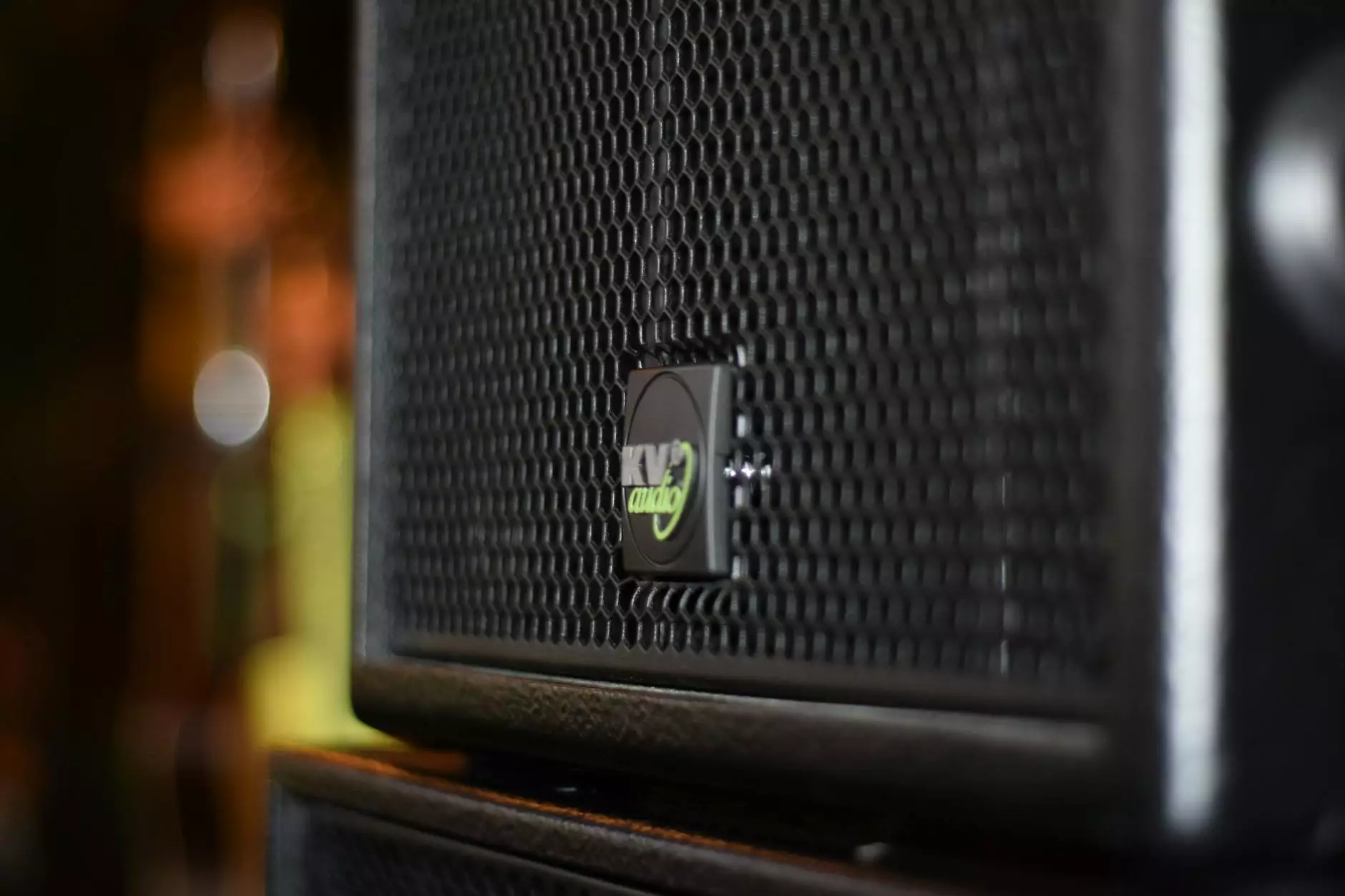Room Acoustics Tips: Geometry and Sound

The Importance of Room Acoustics
When it comes to creating an optimal audio environment, paying attention to room acoustics is crucial. Whether you're setting up a home theater, recording studio, or a conference room, understanding the relationship between geometry and sound can greatly impact the quality of the audio experience.
Understanding Sound Reflection
One of the key factors in room acoustics is sound reflection. When sound waves encounter a surface, they can bounce off, leading to the formation of echoes and reverberation. The shape and size of the room greatly influence the way sound waves behave.
Optimal Room Shapes
Certain room shapes are known to be more conducive to optimal sound conditions. Rectangular rooms, for example, tend to have fewer issues with standing waves compared to irregularly shaped spaces. However, irregular-shaped rooms can also be optimized with the help of acoustic treatment.
Controlling Reverberation Time
The reverberation time of a room refers to how long it takes for sound to decay after an initial source is removed. Adjusting the room's geometry can have a significant impact on this parameter. For instance, adding absorptive materials like curtains, carpets, or acoustic panels can reduce reverberation and result in a more intelligible audio experience.
The Role of Room Dimensions
Specific room dimensions, such as the relationship between length, width, and height, also greatly affect sound quality. These dimensions can create room modes, which are resonant frequencies that can amplify or cancel out certain frequencies in the room.
Calculating Room Modes
Calculating room modes involves evaluating the dimensions of the room and determining the resonant frequencies at which they occur. Once identified, measures can be taken to mitigate any negative effects. For example, rearranging speaker and listener positions, or incorporating bass traps, can help address room mode issues.
Optimizing Speaker Placement
Proper speaker placement is essential for optimal sound reproduction. The room's geometry influences the interaction between the speakers and the surrounding surfaces, including walls, floors, and ceilings. Experimenting with speaker placement and angles can make a significant difference in audio clarity and positioning.
Additional Room Acoustics Considerations
Aside from geometry, there are other factors to consider when it comes to room acoustics:
Materials and Surfaces
The materials and surfaces used in the room can significantly impact acoustics. Hard, reflective surfaces like glass and concrete can cause sound to bounce and reverberate, while softer materials like fabric or diffusive surfaces can help disperse sound and reduce unwanted reflections.
Noise Isolation
Proper noise isolation is critical to prevent external sounds from entering the room and interfering with the audio experience. Ensuring proper insulation, sealing gaps, and using soundproofing materials can help maintain a controlled acoustic environment.
Professional Acoustic Solutions
If you're looking for expert guidance, professional acoustic consultants can provide tailored solutions for your specific room and needs. They can assess the current acoustic conditions, recommend appropriate treatments, and help achieve optimal sound quality.
Optimize Your Acoustic Environment with Landed
At Landed, we understand the importance of room acoustics in creating immersive audio experiences. As a leader in the field of business and consumer services - real estate, we can assist you in finding the perfect space where you can apply these room acoustics tips and optimize your audio environment. Contact us today to learn more!









